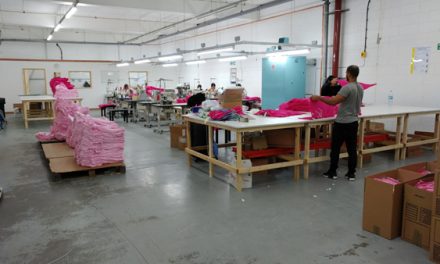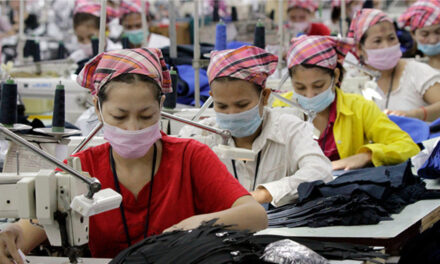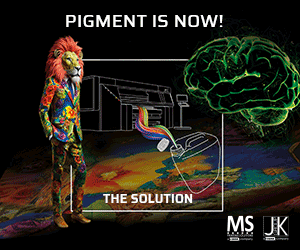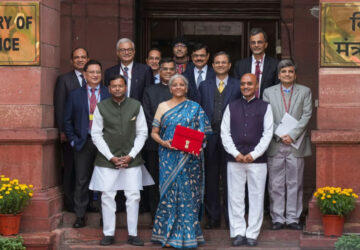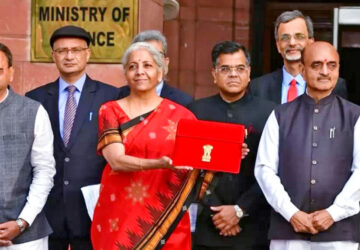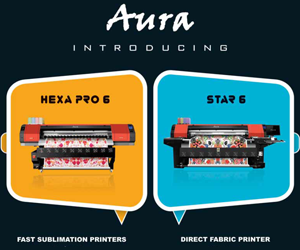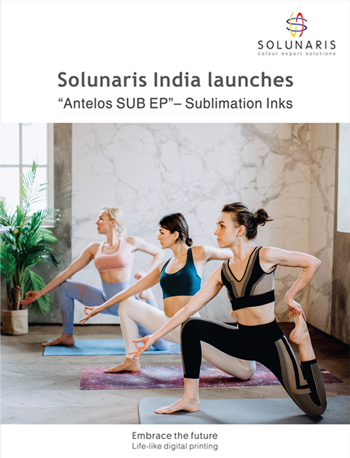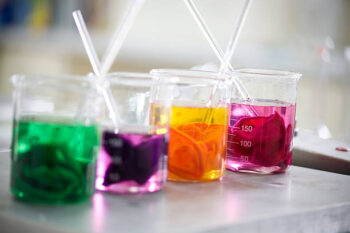
The Society of Dyers and Colourists (SDC) is urging the textile industry to harness new innovations to create a new era of reduced environmental impact which minimises the use of water, energy and petrochemicals. The trade body has published a white paper, ‘Destination low carbon: Global technology and innovation reducing the environmental footprint of textile coloration’, to summarise what it describes as exemplary practice in the sector. It highlights a total of six case studies from the UK, Switzerland, Sweden, and Germany, explaining methods developed and established over recent years as well as brand-new innovation.
These include:
- the use of agricultural waste to create clean dyes and micro-organisms to synthesise colours of nature – negating the need for petrochemicals
- technologies to optimise automaton across processes and machinery
- advancements to significantly reduce volumes of water, energy and dyestuffs required in processes
The companies featured – Adaptive Control, Alchemie, Archroma, Colorifix, Imogo and the Thies Group – are all working to progress the dyeing industry beyond its “resource-heavy and environmentally impactful heritage”, according to the SDC.
Andrew Filarowski, the Organisation’s Technical Director, said: “We have the technological potential to create a new era for our sector and our white paper is fuel for vital, urgent conversation.
“We know that many companies are already investing in better practice and ways to achieve circularity, and this is real progress. But much more needs to happen to bring this bourgeoning new era into the mainstream.”
The SDC is calling on its network and the wider dyeing and colouration industry to use the white paper as inspiration to help devise and deliver carbon lowering improvements across operations.
Filarowski says the technologies highlighted in the white paper illustrate that real progress is being made but adds that much more is needed to reduce its environmental impact.
“If this makes uncomfortable reading for dyers with a long road ahead of them in taking responsibility for their impact on the planet, we don’t apologise. That is a good thing — and it is not too late to start to make changes,” he said.
“In 2022 and beyond, every positive action to lower carbon, water usage or effluent discharge – and indeed all three – counts towards the brighter, greener future of our sector. With the technological advancements now becoming available, there is no reason for the colouration portion of the supply chain to impact the environment in the way it does today.”




